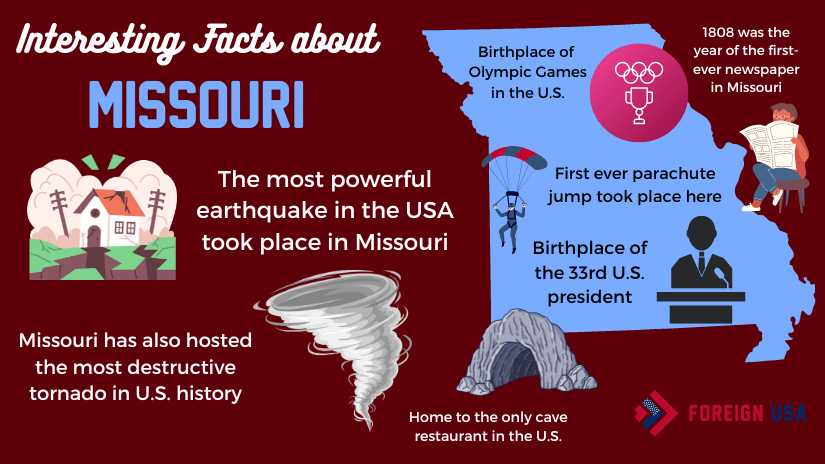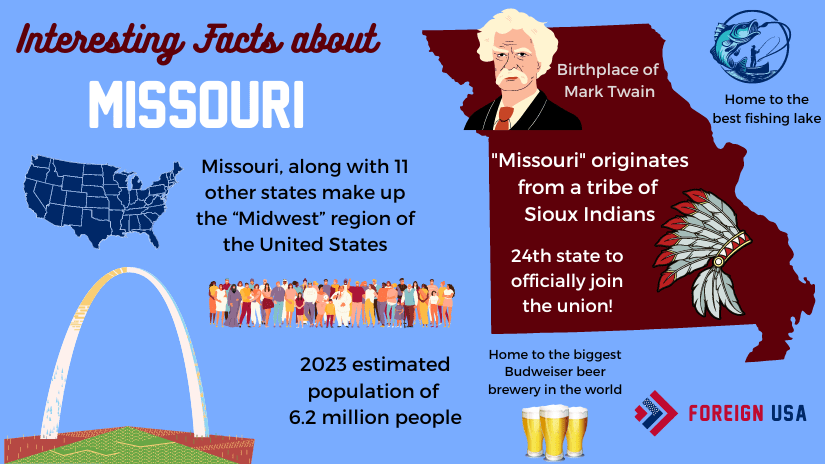
The Unstoppable Tide of ‘Mo Facts’: Navigating the Information Deluge
Every morning, we wake up to a world buzzing with data. Our smartphones are conduits to an endless stream of news alerts, social media updates, emails, and notifications. From the moment we open our eyes until we close them, we are immersed in what can only be described as a relentless, ever-expanding ocean of information – a phenomenon we might aptly term the age of "mo facts." While the phrase itself might sound playful, its implications are profoundly serious, reshaping how we perceive truth, make decisions, and interact with the world around us.
The term "mo facts," interpreted as "more facts," captures the essence of our current reality: an unprecedented abundance of data, information, and knowledge. This isn’t merely an increase in volume; it’s a fundamental shift in the very landscape of human understanding, driven by technological leaps that have democratized content creation, accelerated dissemination, and enabled sophisticated analysis. This article delves into the origins of this data deluge, explores its dual nature as both a blessing and a curse, and examines the critical strategies required to navigate its treacherous, yet incredibly fertile, waters.
The Genesis of the Deluge: From Scarcity to Superabundance

For most of human history, facts were a scarce commodity. Knowledge was hard-won, often confined to specific individuals or institutions, and transmitted slowly through oral tradition, manuscripts, or limited print runs. The invention of the printing press in the 15th century was the first major inflection point, democratizing access to information, albeit at a relatively measured pace. The 20th century saw the rise of mass media – radio, television, newspapers – each contributing to a wider, faster spread of news and knowledge.
However, these pale in comparison to the digital revolution of the late 20th and early 21st centuries. The internet, initially conceived as a network for sharing scientific data, rapidly evolved into a global platform for every conceivable form of information. Its key accelerators include:
- Ubiquitous Connectivity: Broadband internet, Wi-Fi, and mobile data have ensured that billions of people are constantly connected, both consuming and generating data.
- Social Media Platforms: Facebook, Twitter (now X), Instagram, TikTok, and countless others have transformed individuals into publishers, creating an unimaginable volume of user-generated content daily – from personal anecdotes to political commentary, photos, and videos.
- The Internet of Things (IoT): Millions of sensors embedded in everything from smart home devices to industrial machinery, vehicles, and wearable tech continuously collect data on our environment, movements, and habits.
- Cloud Computing & Big Data Analytics: The ability to store, process, and analyze vast datasets at unprecedented speeds has unlocked insights previously unimaginable, turning raw data into actionable "facts."
- Artificial Intelligence (AI): AI systems not only process existing data but also generate new content, synthesize information, and create complex models, further expanding the data universe.

Consider the sheer scale: IBM once estimated that 90% of the data in the world had been created in the last two years. While such statistics are often estimates, they underscore the exponential growth. We’re not just talking about megabytes or gigabytes anymore; the world now measures data in exabytes and zettabytes. Each tweet, every online purchase, every GPS ping, every security camera feed, every scientific experiment – all contribute to this ever-swelling ocean of "mo facts."
The Dual Nature: Opportunities and Perils
This torrent of "mo facts" presents humanity with a profound paradox. It is simultaneously an engine of unprecedented progress and a source of overwhelming confusion and peril.
The Promise: A Catalyst for Progress
On the positive side, the abundance of data has been a boon to nearly every field of human endeavor:
- Scientific Breakthroughs: Researchers now have access to massive datasets in genomics, climate science, astrophysics, and medicine. This allows for faster identification of disease patterns, development of personalized treatments, more accurate climate modeling, and deeper understanding of the universe. The rapid development of COVID-19 vaccines, for example, was heavily reliant on the swift global sharing and analysis of viral genetic sequences and clinical trial data.
- Economic Innovation: Businesses leverage "mo facts" to understand consumer behavior, optimize supply chains, develop targeted marketing campaigns, and create entirely new services. E-commerce giants use data to predict what you might want to buy before you even know it, while financial institutions analyze market trends with incredible precision.
- Improved Governance & Smart Cities: Governments use data to manage urban infrastructure, predict crime hot spots, optimize traffic flow, and deliver public services more efficiently. Data-driven policy-making can lead to more effective social programs and resource allocation.
- Personal Empowerment: Never before has so much knowledge been at our fingertips. From learning a new skill on YouTube to researching complex medical conditions, individuals have unparalleled access to information, fostering self-education and informed decision-making. As Google co-founder Larry Page famously said, "The ultimate search engine would understand exactly what you mean and give you back exactly what you want." While that’s still aspirational, we’re closer than ever.
The Pitfalls: A Labyrinth of Challenges
Yet, the very same abundance that promises progress also breeds a new set of challenges, often referred to as "information overload" or "infobesity":
- Cognitive Strain and Decision Fatigue: Our brains are not evolved to process the sheer volume of information we encounter daily. This can lead to stress, anxiety, difficulty concentrating, and paralysis by analysis, making it harder to distinguish relevant facts from noise.
- Misinformation and Disinformation: The low barrier to entry for content creation means that false, misleading, or intentionally malicious information can spread rapidly and widely, often amplified by algorithmic biases. From conspiracy theories about vaccines to politically motivated smear campaigns, "fake news" erodes trust in legitimate sources and can have devastating real-world consequences. As Mark Twain is often misquoted as saying, "A lie can travel halfway around the world while the truth is still putting on its shoes." In the digital age, a lie travels at light speed.
- Erosion of Trust and Critical Thinking: When everyone is a publisher and every claim seems to be backed by some "fact," it becomes increasingly difficult to discern credible sources from unreliable ones. This can foster a cynical environment where objective truth is questioned, and confirmation bias reigns supreme, leading people to only seek out facts that confirm their existing beliefs.
- Privacy Concerns: The collection of "mo facts" about individuals raises significant privacy issues. Who owns our data? How is it being used? Is it secure from breaches? The line between personalized service and intrusive surveillance often blurs, leading to ethical dilemmas and regulatory battles.
- Digital Divide and Inequality: While information is abundant, the ability to access, process, and critically analyze it is not evenly distributed. A digital divide persists, where those without adequate access to technology or the necessary digital literacy skills are left behind, exacerbating existing social and economic inequalities.
Navigating the ‘Mo Facts’ Landscape: Strategies for Survival
To thrive, or even simply survive, in the age of "mo facts," individuals and institutions must develop sophisticated strategies for information management and critical engagement.
For Individuals:
- Cultivate Critical Thinking: This is perhaps the most vital skill. Question sources, look for evidence, consider alternative perspectives, and be aware of your own biases. Don’t take information at face value, especially if it elicits a strong emotional response.
- Practice Media Literacy: Understand how different media platforms work, how algorithms shape your feed, and recognize the various forms of persuasion and manipulation. Learn to identify red flags like sensational headlines, anonymous sources, or emotionally charged language.
- Fact-Check Relentlessly: Before sharing information, verify it using reputable fact-checking websites (e.g., Snopes, PolitiFact, fact-checking units of major news organizations). Cross-reference information across multiple credible sources.
- Curate Your Information Diet: Be intentional about what you consume. Unfollow accounts that consistently spread misinformation or negativity. Seek out diverse perspectives, but prioritize sources known for journalistic integrity and evidence-based reporting. Consider a "digital detox" to periodically step away from the constant influx.
- Understand Algorithmic Influence: Recognize that social media feeds and search results are personalized, creating echo chambers that can reinforce existing beliefs. Actively seek out information that challenges your viewpoints.
For Institutions and Society:
- Strengthen Journalism: Professional journalism, with its commitment to verification, context, and ethical reporting, plays an indispensable role. Investing in investigative journalism and supporting independent media are crucial for providing reliable "mo facts" to the public.
- Promote Digital Literacy Education: Schools and universities must prioritize teaching digital literacy, critical thinking, and media evaluation skills from an early age. This is as fundamental as reading and writing in the 21st century.
- Develop Responsible Technology: Tech companies have a moral and ethical obligation to design platforms that prioritize user well-being, curb the spread of misinformation, and protect user privacy. This includes transparent algorithms, robust content moderation, and empowering users with greater control over their data.
- Implement Thoughtful Regulation: Governments face the complex challenge of regulating data privacy, platform accountability, and the spread of harmful content without stifling free speech or innovation. International cooperation is often necessary given the global nature of information flow.
- Invest in Research: Continued research into the psychology of misinformation, the impact of information overload, and the ethical implications of AI is vital to understanding and mitigating the negative consequences of the "mo facts" era.
The Future of Facts
The tide of "mo facts" will not recede. If anything, it will intensify with advancements in AI, quantum computing, and brain-computer interfaces. The challenge for humanity is not to stop the flow, but to learn how to swim in it without drowning. The future demands not just more facts, but more meaning derived from those facts, more wisdom in their application, and more discernment in their evaluation.
Ultimately, the age of "mo facts" is a test of our collective intelligence and our commitment to truth. It requires a constant, active engagement with information, a skepticism toward easy answers, and an unwavering dedication to critical inquiry. The power of this unprecedented data lies not in its sheer volume, but in our ability to harness it responsibly, ethically, and wisely, ensuring that the abundance of information serves to enlighten rather than overwhelm, to connect rather than divide, and to build a more informed and prosperous future.


